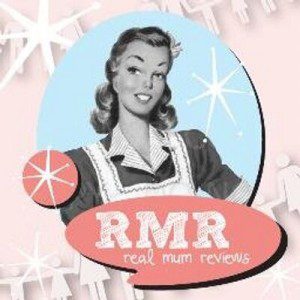*This is a collaborative post
Asthma in kids can be challenging to diagnose because even though it is the same condition as in adults, it affects children differently. Childhood asthma shares the same symptoms with several other conditions. Unfortunately, you cannot be sure if your kid has asthma without a proper medical check-up.
In addition, asthma tests for children younger than five years are never conclusive. Therefore, it is advisable that you continuously monitor your child for asthmatic symptoms. Visit the doctor whenever you notice any worrying sign.
Asthma Causes and Triggers
The common causes of childhood asthma are reactions to dust, mites, pollen, and the common cold, among others. Understanding these causes is essential, given that there is a reported increase in childhood asthma. One of the reasons is that kids today spend more time indoors, which consistently exposes them to allergens, especially dust.
Asthma in children can also be the result of conditions such as rhinitis, sinusitis, and abnormalities of the airways. Infections of the respiratory system, such as the respiratory syncytial virus (RSV) and bronchitis, can also trigger asthma.
Symptoms of Childhood Asthma
Irrespective of the cause, asthma limits your child’s ability in several ways. If it goes untreated, it can be life-threatening. Some of the symptoms to watch out for are:
- Chronic coughing, especially at night, during play, and when crying or laughing.
- Occasional rapid breathing, which is often accompanied by shortness of breath.
- Chronic fatigue and weakness.
- Tightening of the chest and neck muscles.
- Wheezing.
- Diagnosing Asthma in Children
Given the complexity of childhood asthma, it is essential to visit your doctor to be sure. Some of the methods your doctor will employ to diagnose your child are:
- Background questions: Sometimes, the asthma symptoms may be over by the time you get to the doctor’s office. The physician will depend on you to get details of the disease. Your doctor may ask questions about any family history of asthma or respiratory illnesses as studies have found the risk of someone developing asthma has a strong genetic component.
- Spirometry: This test used to diagnose asthma by measuring the amount of air your child can exhale and how fast. The lung function tests can be taken after exercise or after taking asthma medications.
- Brochoprovocation: This is another lung function test. It uses spirometry to determine how the lungs react to specific triggers like cold air and exercise.
- Nitride oxide test: Measuring the amount of nitride oxide in the child’s exhaled breath is essential
when determining the type of medication that is suitable. - X-rays: Your doctor might resort to this method if your child’s asthma has worsened. It is done to determine other underlying triggers, such as gastroesophageal reflux disease and sinus infections.
Unfortunately, some of these tests might not be accurate or even possible in children younger than five years. Therefore, the doctor will depend largely on your story. Consequently, you should prepare a definitive list of worrying symptoms in advance.
Treatment of Childhood Asthma
Your doctor will come up with an asthma treatment plan after ascertaining that your child is affected. The type of treatment to be administered will depend on the severity of the disease. Asthma medications fall into two categories:
Quick-relief medications: They are also known as rescue medications as their primary function is to open the airways. You can use these during an asthma attack or before exercise, depending on the doctor’s recommendation. The medication is inhaled, administered orally, or intravenously.
Long-term medications: These are prescribed to prevent attacks and control asthma symptoms. The common ones include inhaled corticosteroids and long-acting beta-agonists. Your doctor might also recommend oral asthma treatment medications.
Understanding childhood asthma symptoms and seeking prompt treatment makes it possible to manage your child’s condition. Therefore, work closely with your doctor and learn all you can about asthma prevention and control as well as the administration of asthma treatment.
An Air Purifier can ease Asthma
It’s proven that many triggers within our homes directly impact asthma sufferers and those with respiratory problems. Unfortunately, opening doors and windows isn’t always an option to expel the particles floating around indoors, as the outdoor air can bring in further triggers or even pollution. If you want to remove these triggers, explore purchasing an air purifier that’s proven to tackle these issues. The Pure & Clean is an air and surface purifier developed by ActivePure Technology that has significant scientific proof in improving quality of life. It uses NASA adapted technology and not only removes 99.96% of all airborne allergens, pollutants, viruses, bacteria and more in 3 minutes; it also destroys microorganisms on surfaces. The ActivePure Pure & Clean is safe to use with people and animals in the room and is a non-invasive way to maintain an allergy-free home while improving everyone’s air quality.






